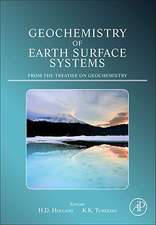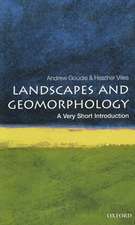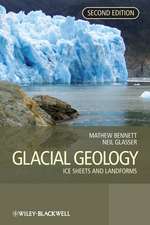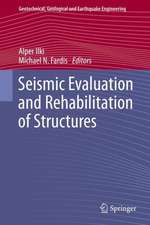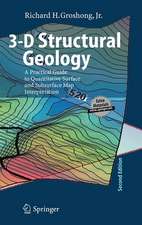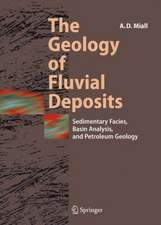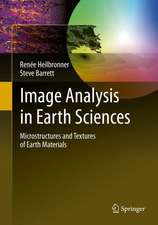Radar for Meteorological and Atmospheric Observations
Autor Shoichiro Fukao, Kyosuke Hamazu Richard Doviaken Limba Engleză Paperback – 25 aug 2015
| Toate formatele și edițiile | Preț | Express |
|---|---|---|
| Paperback (1) | 957.44 lei 6-8 săpt. | |
| Springer – 25 aug 2015 | 957.44 lei 6-8 săpt. | |
| Hardback (1) | 973.69 lei 6-8 săpt. | |
| Springer – 26 aug 2013 | 973.69 lei 6-8 săpt. |
Preț: 957.44 lei
Preț vechi: 1167.61 lei
-18% Nou
Puncte Express: 1436
Preț estimativ în valută:
183.23€ • 198.96$ • 153.91£
183.23€ • 198.96$ • 153.91£
Carte tipărită la comandă
Livrare economică 22 aprilie-06 mai
Preluare comenzi: 021 569.72.76
Specificații
ISBN-13: 9784431547402
ISBN-10: 4431547401
Pagini: 572
Ilustrații: XXVIII, 537 p.
Dimensiuni: 155 x 235 x 29 mm
Greutate: 0.79 kg
Ediția:Softcover reprint of the original 1st ed. 2014
Editura: Springer
Colecția Springer
Locul publicării:Tokyo, Japan
ISBN-10: 4431547401
Pagini: 572
Ilustrații: XXVIII, 537 p.
Dimensiuni: 155 x 235 x 29 mm
Greutate: 0.79 kg
Ediția:Softcover reprint of the original 1st ed. 2014
Editura: Springer
Colecția Springer
Locul publicării:Tokyo, Japan
Cuprins
Introduction.- Electromagnetic waves.- Radar measurements and scatter parameters.- Principle of Doppler velocity measurement.- Reception and processing of signals.- Radar observations of precipitation.- Radar observations of the clear atmosphere.- Overview of radar.- Practical meteorological radars.- Practical atmospheric radars.- Observations by meteorological radar.- Observations by atmospheric radar.- Appendix.
Notă biografică
Shoichiro Fukao,
Professor Emeritus,
Kyoto University,
Japan
Kyosuke Hamazu,
Mitsubishi Electric Corporation and Mitsubishi Electric Tokki Systems Corporation,
Japan
Consulted By:
Richard J. Doviak,
National Severe Storms Laboratory, NOAA
Affiliated Professor
The School of Meteorology and the Department of Electrical and Computer Engineering
The University of Oklahoma,
USA
Professor Emeritus,
Kyoto University,
Japan
Kyosuke Hamazu,
Mitsubishi Electric Corporation and Mitsubishi Electric Tokki Systems Corporation,
Japan
Consulted By:
Richard J. Doviak,
National Severe Storms Laboratory, NOAA
Affiliated Professor
The School of Meteorology and the Department of Electrical and Computer Engineering
The University of Oklahoma,
USA
Textul de pe ultima copertă
Epoch-making progress in meteorology and atmospheric science has always been hastened by the development of advanced observational technologies, in particular, radar technology. This technology depends on a wide range of sciences involving diverse disciplines, from electrical engineering and electronics to computer sciences and atmospheric physics. Meteorological radar and atmospheric radar each has a different history and has been developed independently. Particular radar activities have been conducted within their own communities. Although the technology of these radars draws upon many common fields, until now the interrelatedness and interdisciplinary nature of the research fields have not been consistently discussed in one volume containing fundamental theories, observational methods, and results. This book is by two authors who, with long careers in the two fields, one in academia and the other in industry, are ideal partners for writing on the comprehensive science and technology of radars for meteorological and atmospheric observations.
Caracteristici
Systematically describes radar techniques and measurements of both weather and the atmosphere
Introduces radar systems from the fundamentals to advanced applications
Reveals recent research trends and the future perspective of radar observations
Introduces radar systems from the fundamentals to advanced applications
Reveals recent research trends and the future perspective of radar observations

